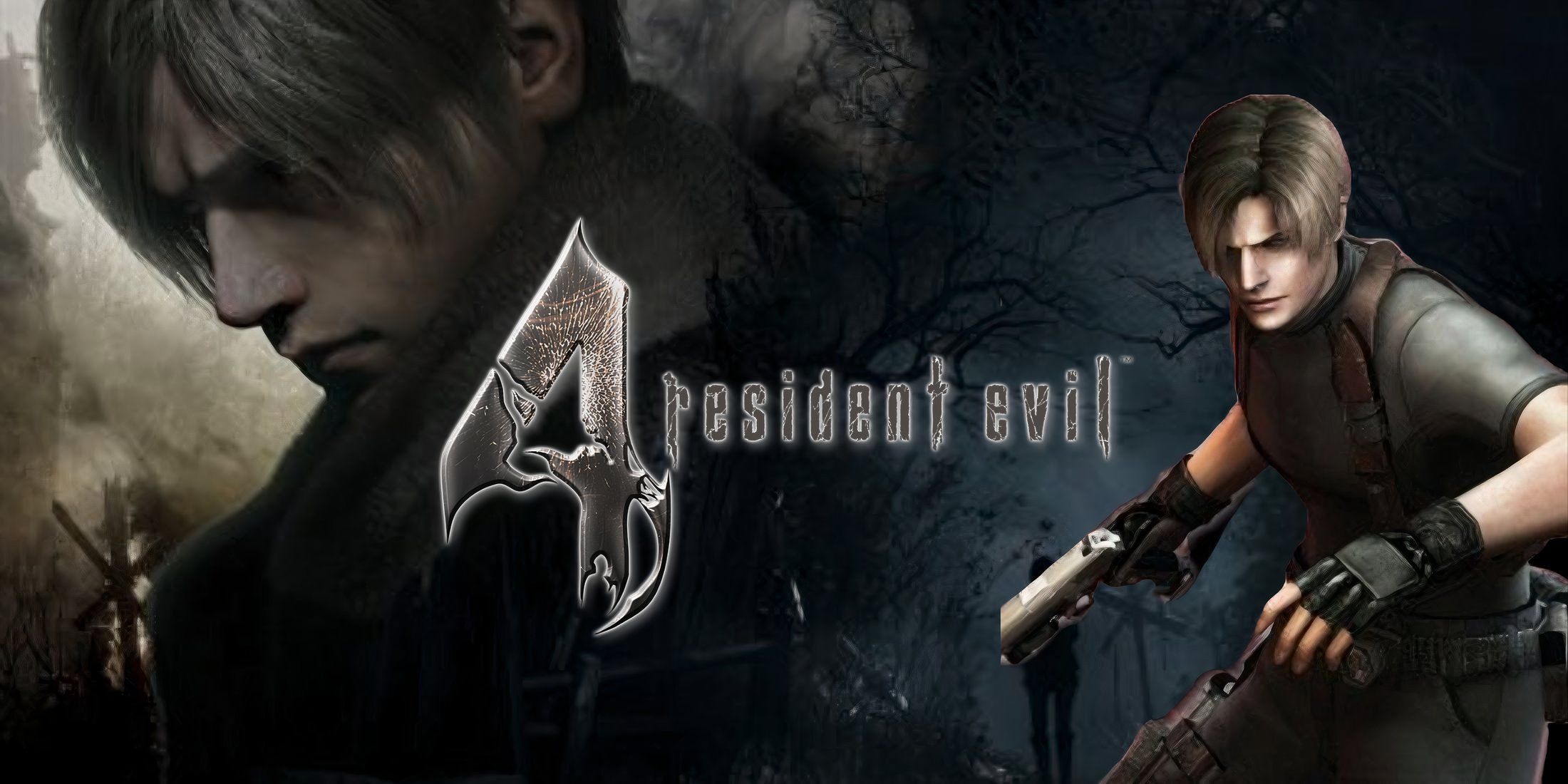
Over a span of approximately 29 years, Capcom’s renowned Resident Evil series has sent shivers down the spines of countless gamers across the globe through its groundbreaking survival horror games. However, it was 2005’s Resident Evil 4 that made the most significant impact on both the Resident Evil series and the gaming industry as a whole. This game initially released on Nintendo’s GameCube with an innovative third-person perspective, more action-oriented gameplay, and a horror-infused yet comically tinged narrative. As a result of its success, Resident Evil 4 didn’t just become one of Capcom’s highest-grossing games; it also emerged as one of the most financially successful games in the 21st century. The prosperity of Resident Evil 4 played a pivotal role in shaping not only future installments within the Resident Evil series but also the entire landscape of horror gaming, with its influence still evident today in contemporary horror video games.
Resident Evil 4’s Experimental and Dichotomous Development
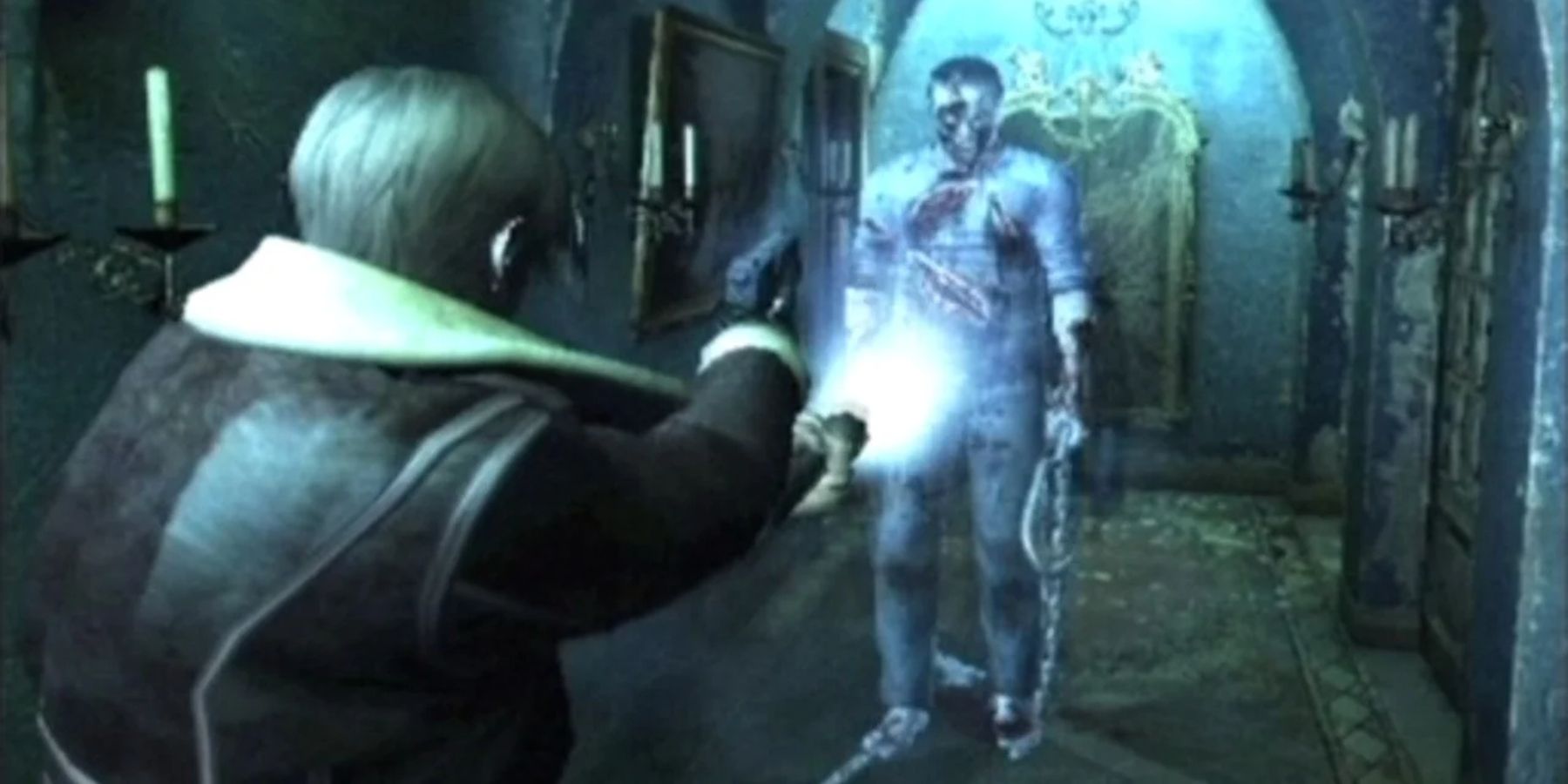
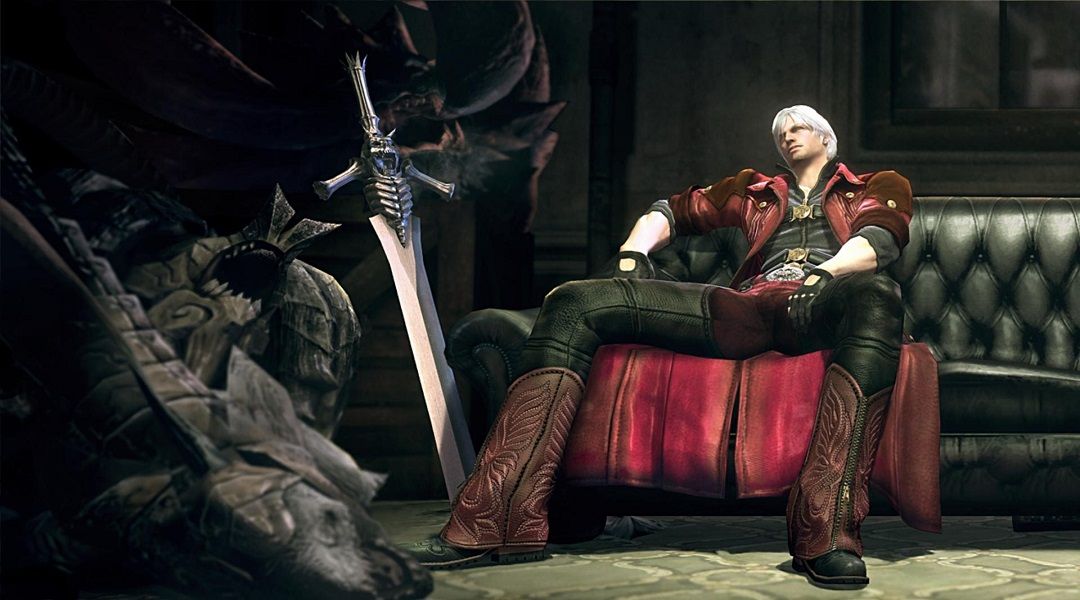
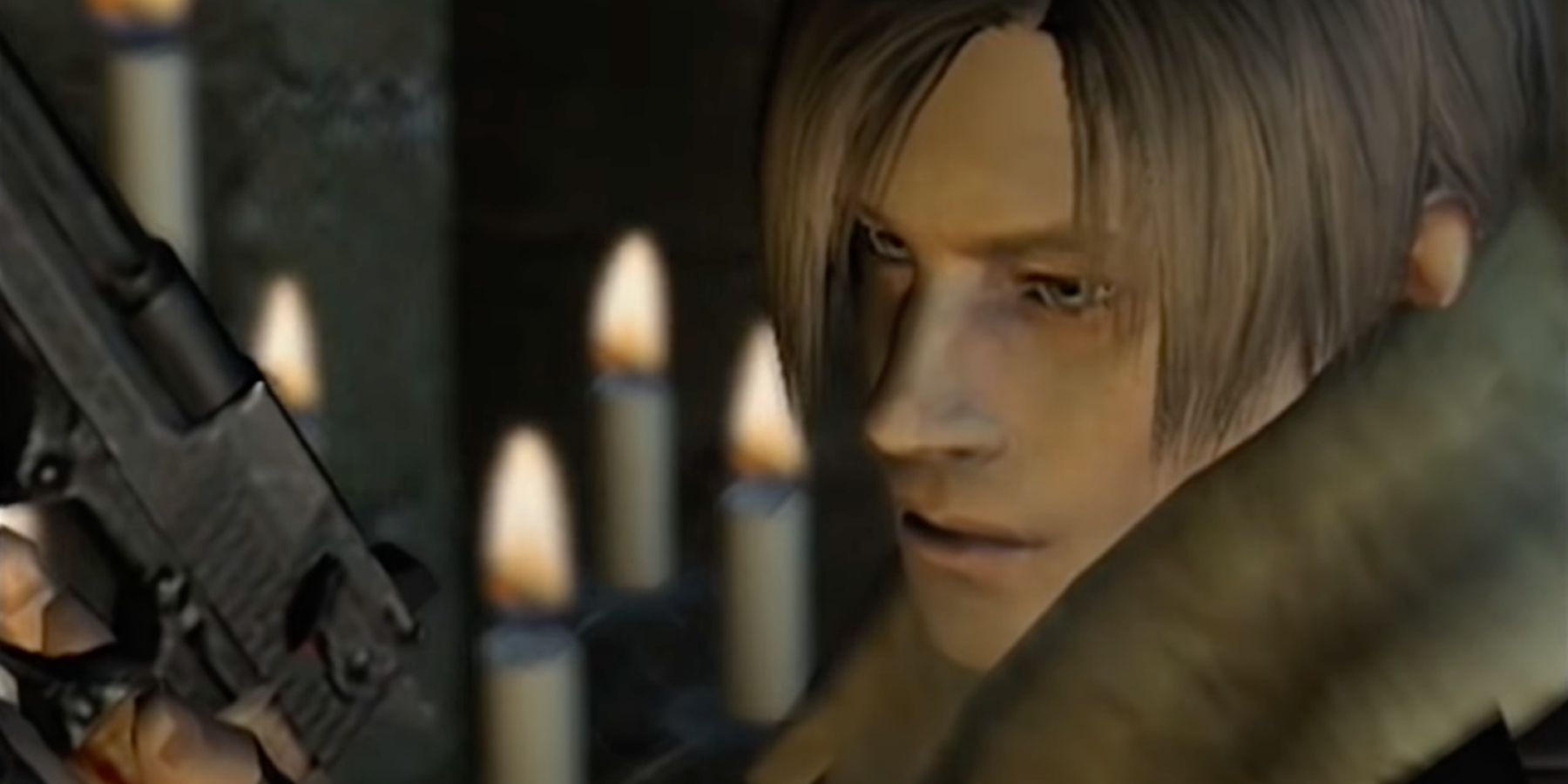
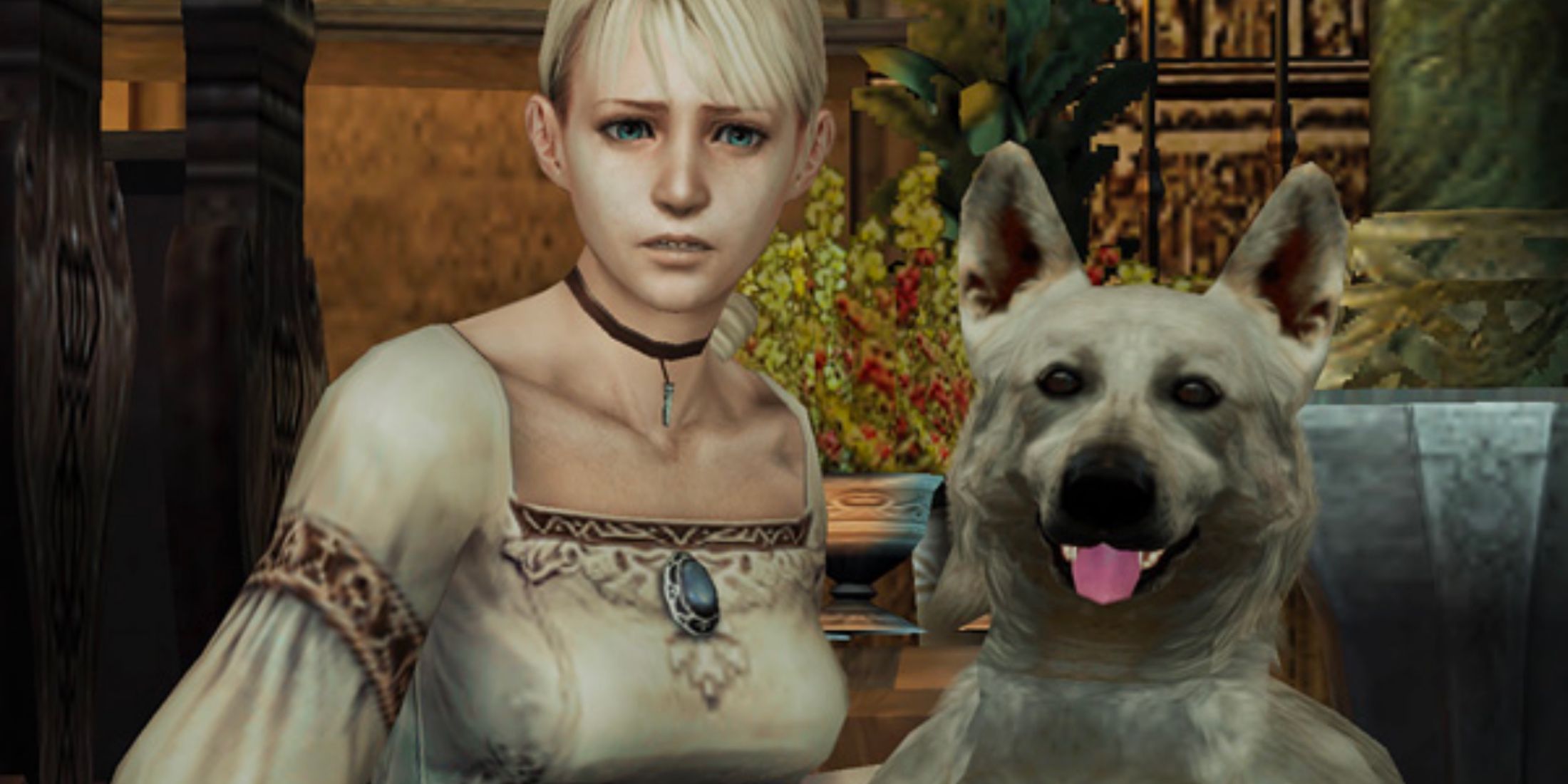
.jpg)
Initially, Resident Evil 4 was not the smooth sailing game we know today. In fact, its development was as treacherous and uncertain as navigating a Plagas-infected European landscape. Following the launch of Resident Evil 3: Nemesis in 1999, work on a Resident Evil 4 project for the PlayStation 2 commenced under the leadership of Shinji Mikami, Hideki Kamiya, and Noboru Sugimura. During this phase, Kamiya envisioned a fresh protagonist named Tony, who would traverse a Gothic castle while annihilating enemies using unique abilities, firearms, and melee weapons in an interactive camera system. However, these significant departures from the established Resident Evil themes and ambiance led Capcom to rebrand this version of RE4 as a completely new title – Devil May Cry.
Prior to the launch of “Devil May Cry” in 2001, Capcom made an exclusivity agreement with Nintendo to unveil the next major “Resident Evil” installment and a remake of “Resident Evil 1” on the upcoming GameCube system. The remake of “Resident Evil 1,” launched in 2002, received widespread praise, but the development process for “Resident Evil 4” was marked by turmoil, as it was now under Hiroshi Shibata’s leadership. Several ideas were proposed and later discarded during this period.
Among them were scenarios where Leon Kennedy explored Umbrella’s castle headquarters, encountered ghosts and other supernatural creatures reminiscent of Silent Hill, and rescued a girl accompanied by a genetically enhanced dog from a similar fortress. The idea behind RE4 (Resident Evil 4) was later revisited in the 2005 game Haunting Ground.
Resident Evil 4’s Gameplay Deviations
During the creation process of Resident Evil 4, Capcom gradually moved away from the fixed cameras and pre-drawn backdrops that characterized the series, favoring a more active camera system to enhance encounters and create a sense of chaos. Subsequent versions of Resident Evil 4 also adopted an over-the-shoulder third-person perspective for combat and quick-time events, aiming to heighten the excitement during gameplay moments.
In contrast to its quieter predecessors, the final version of RE4 took on a more action-packed approach. Additionally, the introduction of an over-the-shoulder third-person viewpoint in this game served as a foundation for future survival horror titles like Capcom’s Dead Rising series to follow suit.
How Resident Evil 4 Broke the Franchise’s Mold
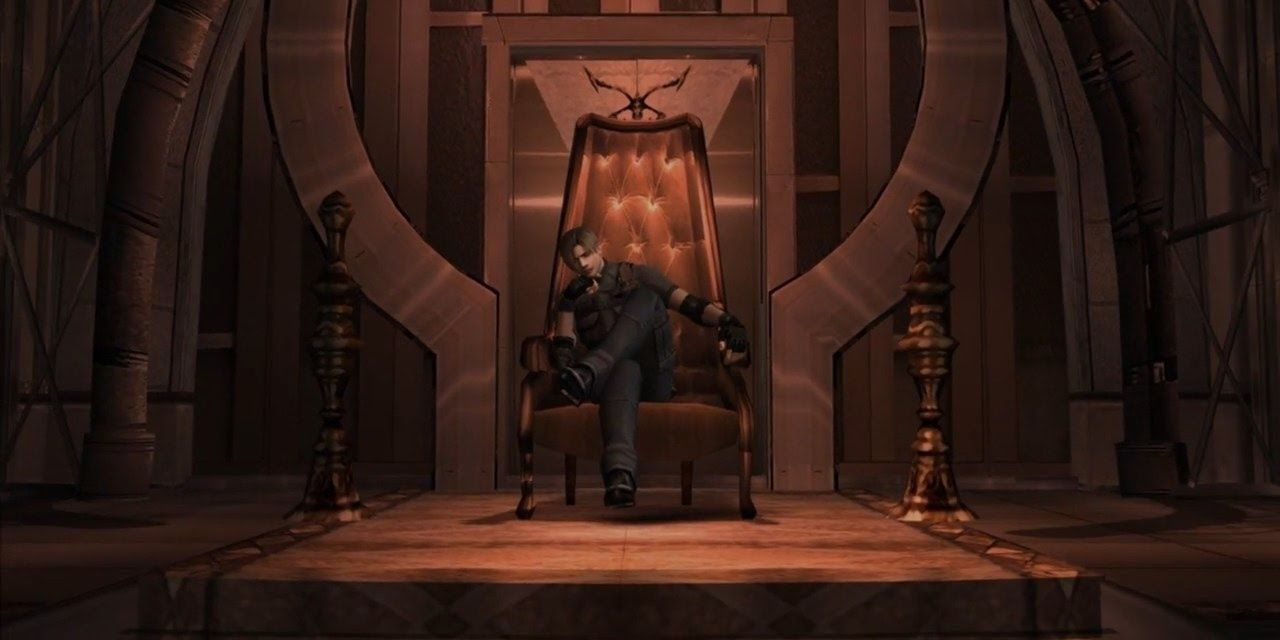
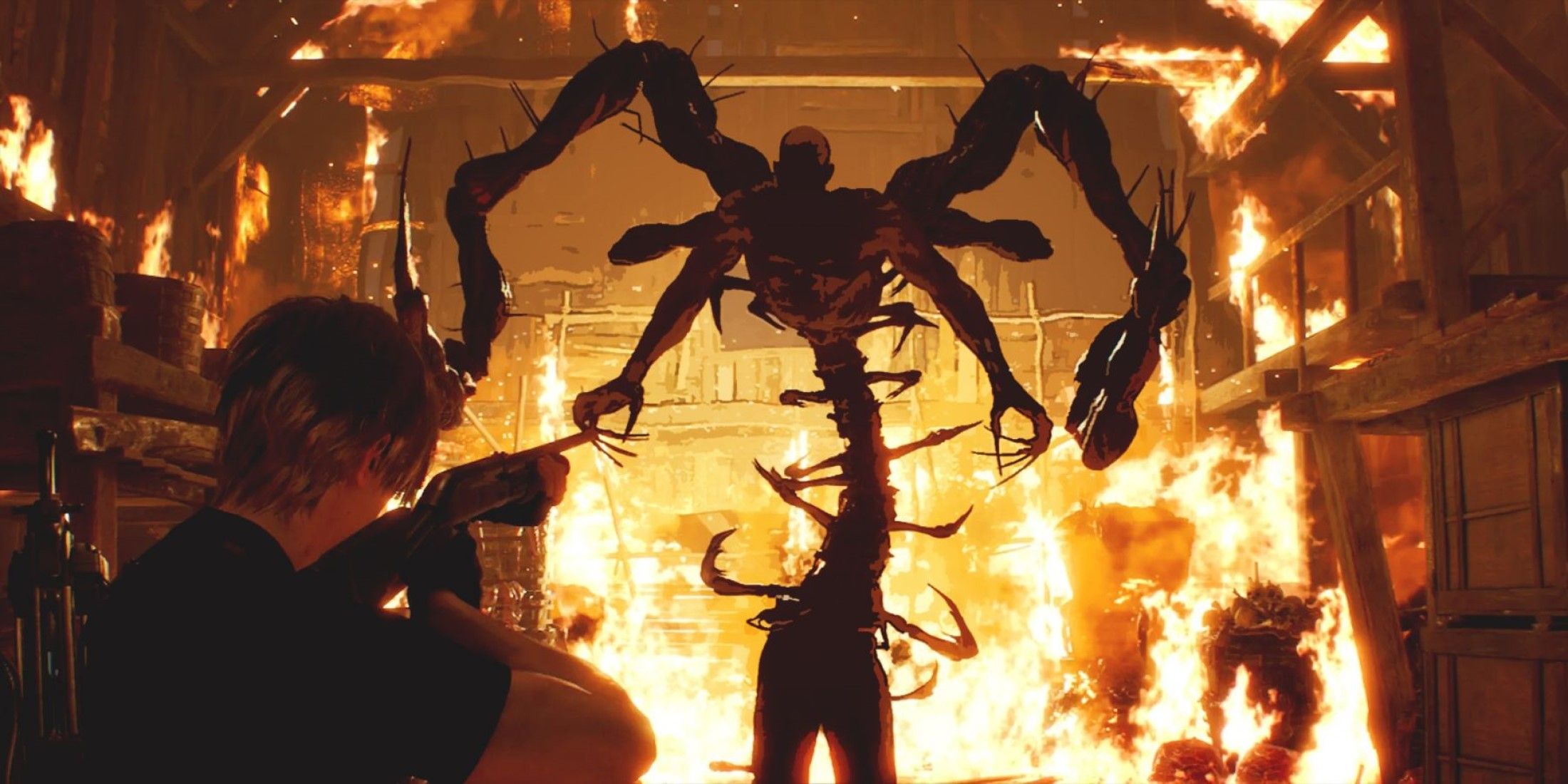
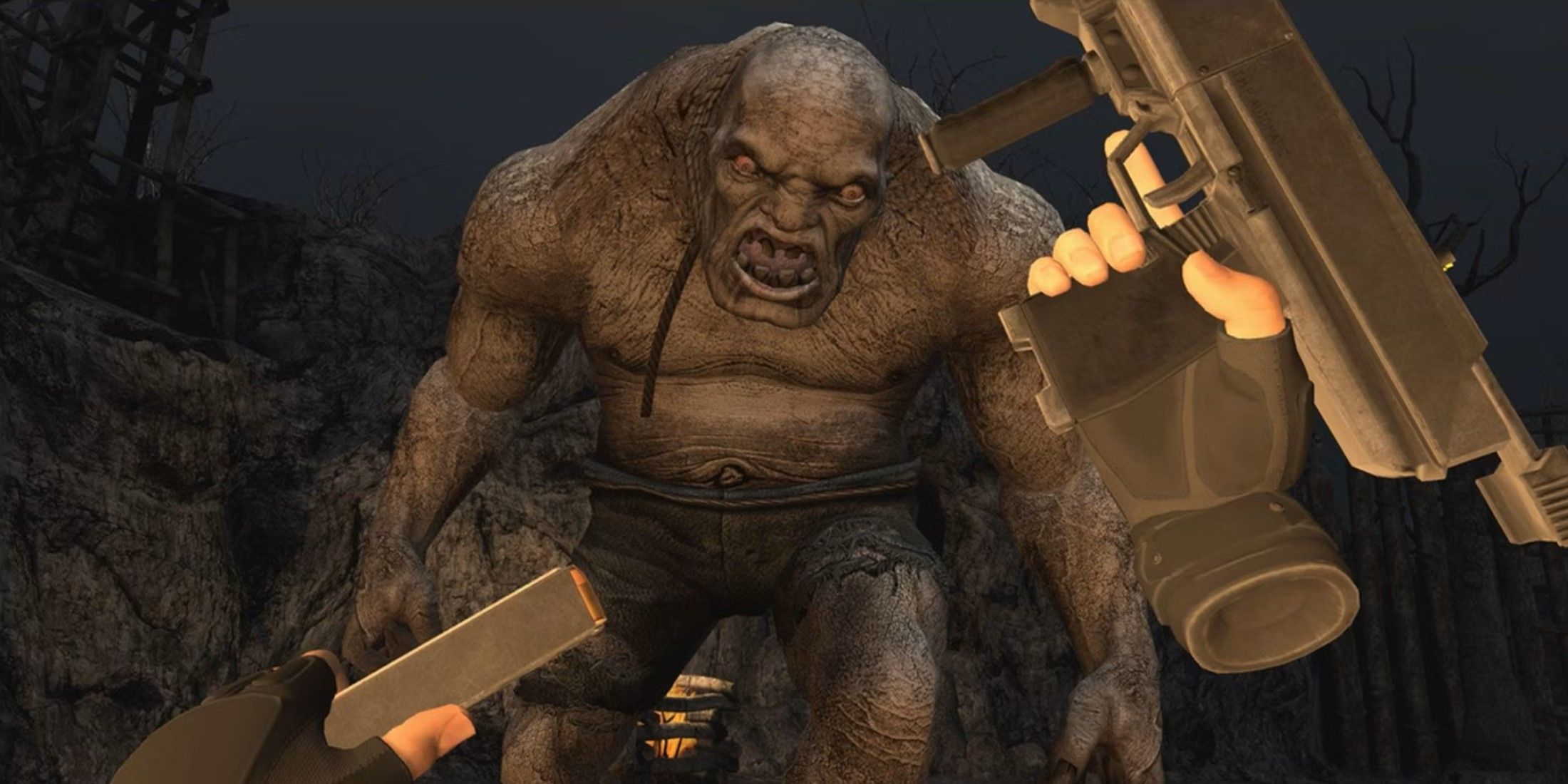
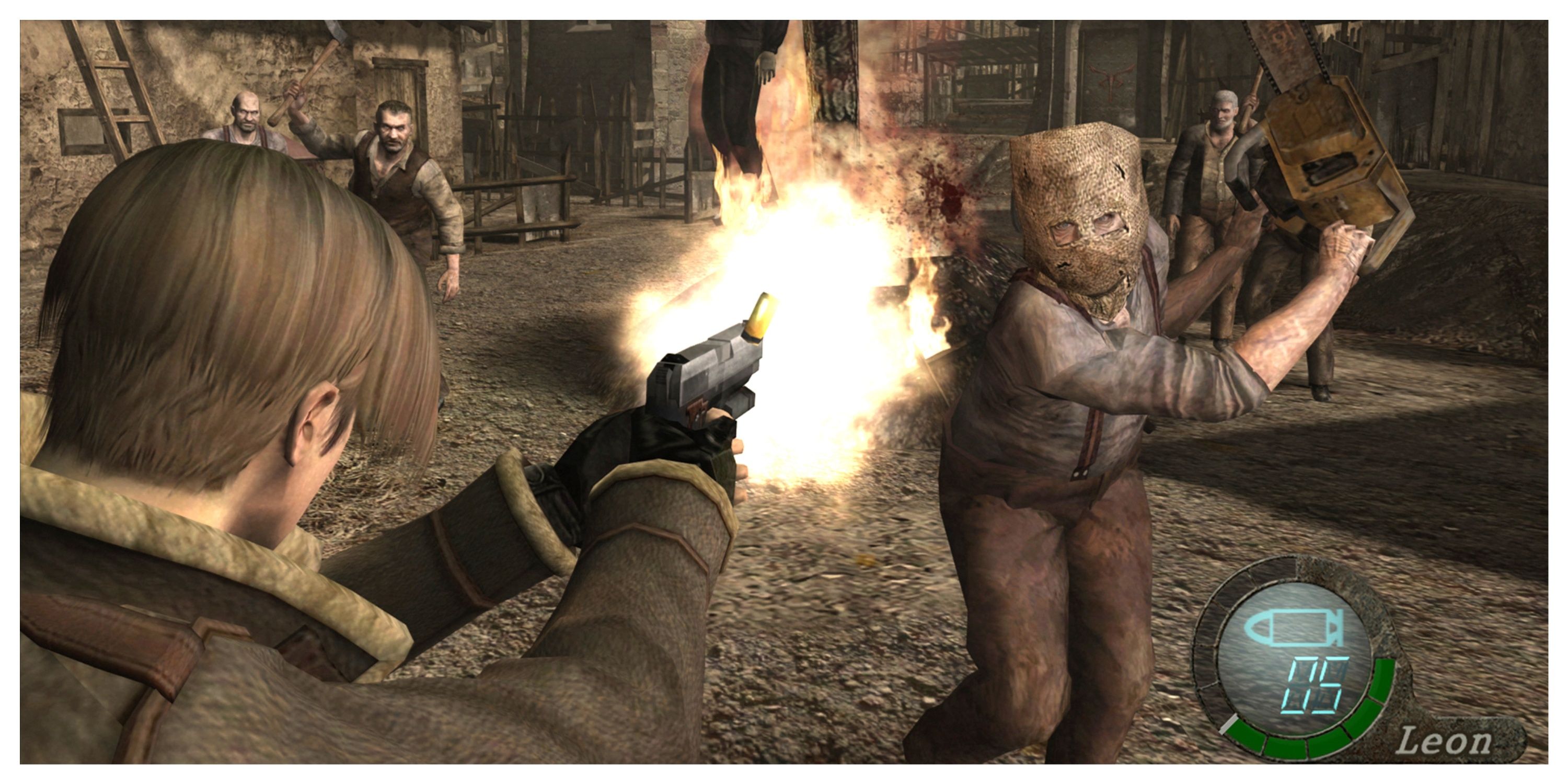

Compared to its earlier installments, the storyline of “Resident Evil 4” stood out distinctly. Instead of the characters in previous games reacting timidly to zombie infestations, Leon Kennedy was presented as a self-assured, resolute, and laid-back protagonist, often charging fearlessly into perils to accomplish his objectives. This newfound self-assurance introduced a more deliberately humorous aspect to “Resident Evil,” with Kennedy making quips like suggesting everyone go play Bingo or Ramón Salazar embodying a stereotypical Bond villain. However, the horror aspects were still prevalent in “Resident Evil 4,” as evidenced by the persistent body horror displayed through the grotesque transformations of Bitores Méndez and Osmund Saddler due to Las Plagas.
In contrast to its predecessors that were primarily zombie-heavy, the terror in Resident Evil 4 is both unforeseeable and overpowering. The characters infected by Las Plagas would pursue Kennedy with various weapons such as pitchforks, hatchets, crossbows, flails, dynamite, and even chainsaws. Additionally, these creatures could suddenly reveal grotesque head tendrils at any moment.
In contrast to ordinary Plagas from previous games, which could be dealt with somewhat like zombies, Resident Evil 4 introduced a host of new enemies that required strategic, accurate, or explosive tactics for elimination. These included the massive El Gigante, the alien-like Verdugos, and the eerily unsettling Regeneradors. While Resident Evil 2 may have pioneered the concept of grotesquely mutated monsters with the G-Virus, Resident Evil took this idea to a whole new level of terror.
Resident Evil 4’s Action-Focused Influence
Initially, Capcom aimed to replicate the blend of terror and thrill that characterized Resident Evil 4 in future games for some time. However, they tended to emphasize the action element that emerged in Resident Evil more frequently than its gripping horror storyline. This shift led to games like Resident Evil 5, Resident Evil 6, Resident Evil: Operation Raccoon City, and Resident Evil: Umbrella Corps, which primarily focused on high-octane action sequences, such as Chris Redfield single-handedly pushing a boulder into lava. These games received mixed reviews due to their emphasis on excessive action over the original’s intriguing horror narrative.
In 2019 and 2020, Capcom changed the more interactive third-person perspective that was introduced in RE4 for the remakes of Resident Evil 2 and 3, a decision that received wide praise.
OR
The third-person format from RE4 was adopted by Capcom for their remakes of Resident Evil 2 and 3 in 2019 and 2020, earning them widespread approval.
Resident Evil 4’s Impact on Horror Gaming
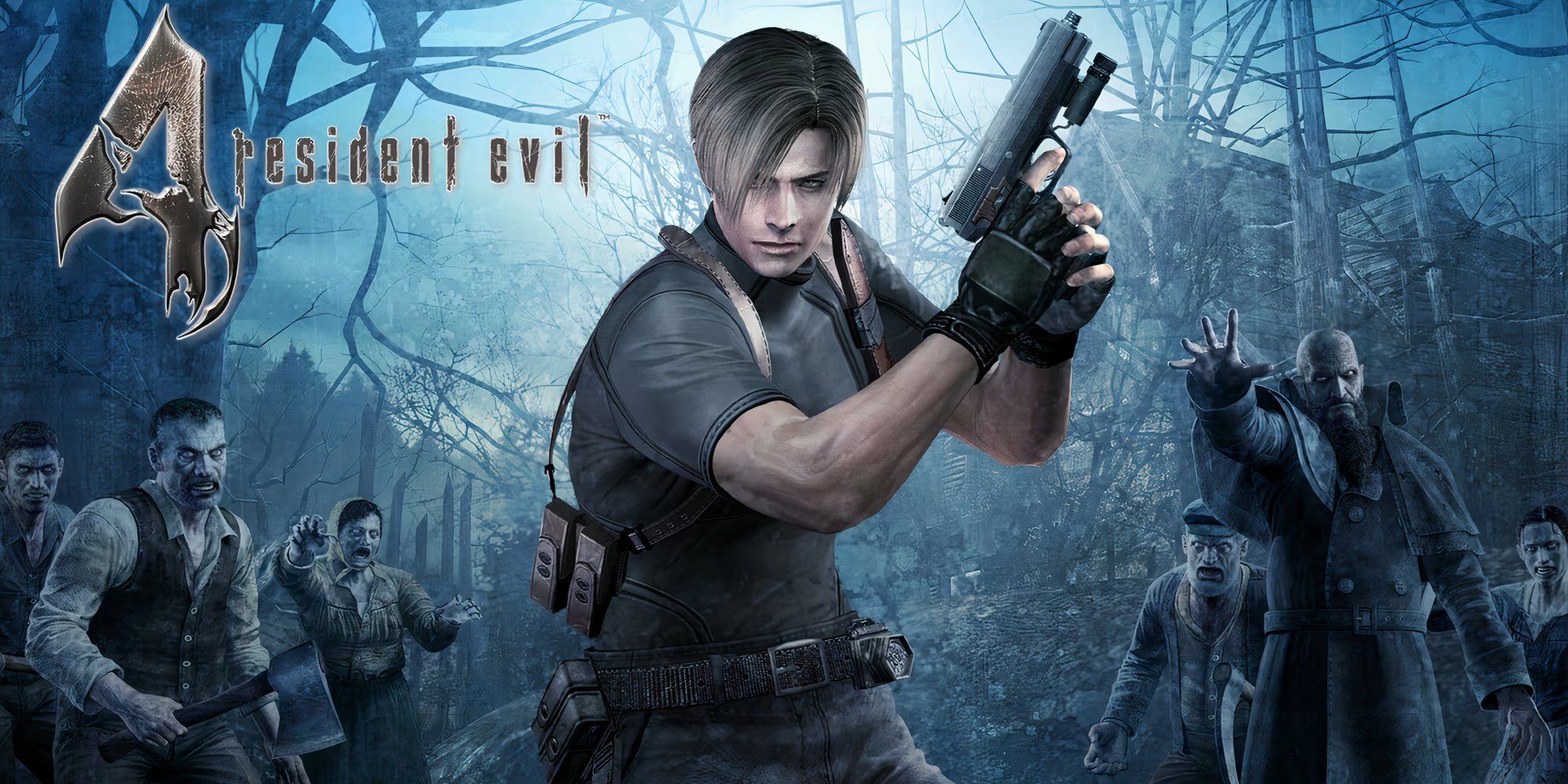
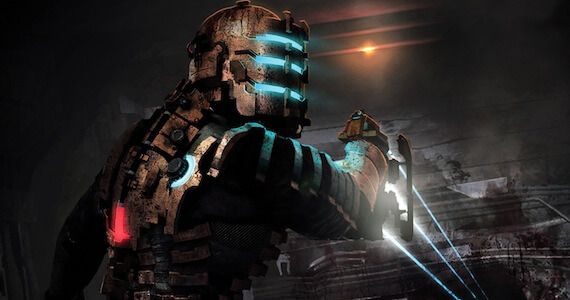
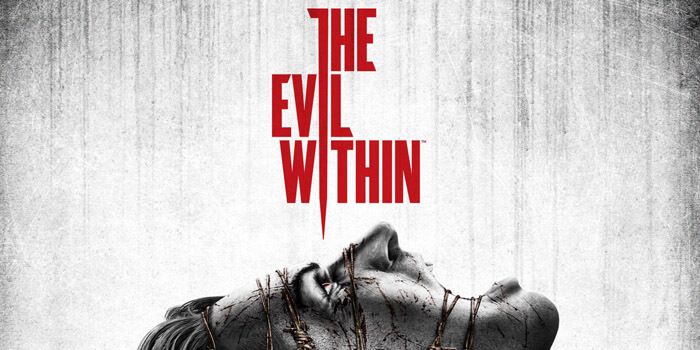
.jpg)
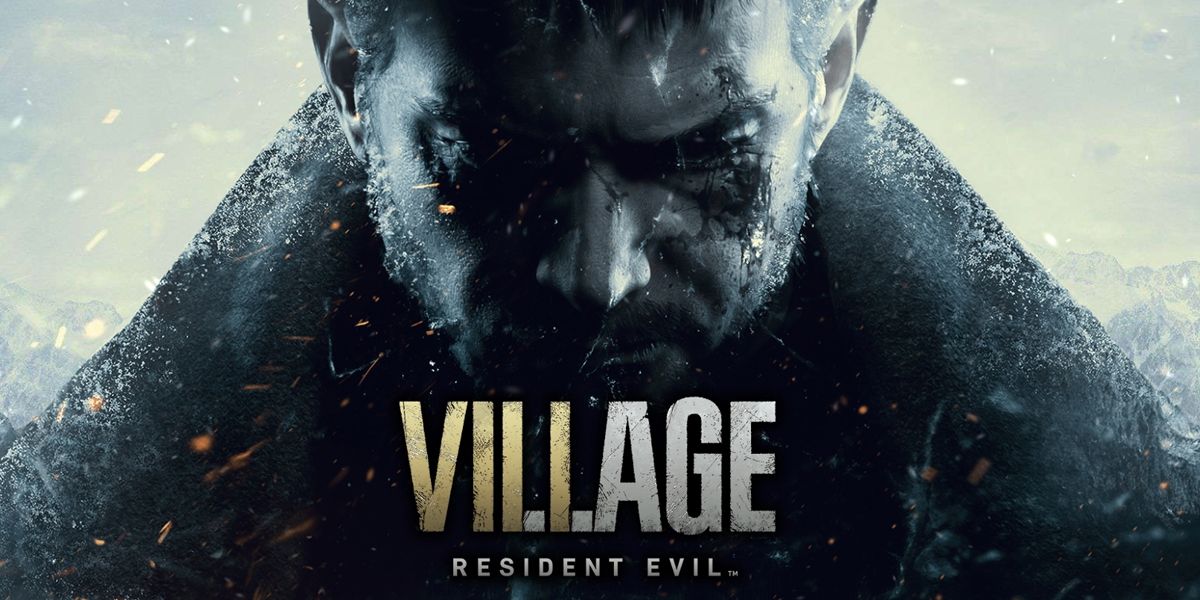
The game titled “Resident Evil 4” achieved massive acclaim and financial prosperity, with over 3 million copies sold across the GameCube and PlayStation 2 by the year-end of 2005 worldwide. This triumph propelled Capcom to adapt “Resident Evil 4” for almost every gaming console and platform in the future, such as:
1. Nintendo Wii
2. PlayStation 3
3. Xbox 360
4. Microsoft Windows (PC)
5. iOS devices
6. Android devices
7. And many more platforms.
- PC
- Nintendo Wii
- Xbox 360
- PlayStation 3
- Nintendo Wii U
- Zeebo
- IOS
- Xbox One
- PlayStation 4
- Android
- Nintendo Switch
- Xbox Series X|S
- PlayStation 5
- Oculus Quest 2
By the year 2022, more than 12 million units of RE4 were sold across all its editions. This game also received a contemporary remake in 2023, titled Resident Evil 4, which has since sold over 9 million copies on its own.
Numerous developers found themselves drawn to Resident Evil 4 as a source of inspiration for their horror-themed games, with Dead Space (released in 2008) being one of the most notable examples. Originally conceived as System Shock 3, it was significantly influenced by Resident Evil 4. After leaving Capcom following the release of RE4, Shinji Mikami utilized its elements to develop two other action-horror franchises: Shadows of the Damned and The Evil Within. The gameplay mechanics of not only pure horror games but also adjacent genres, such as Gears of War, BioShock, and the Norse God of War duology, were also impacted by Resident Evil 4.
The Legacy of Resident Evil 4
Even though it’s been twenty years since the release of Resident Evil 4, its influence continues to resonate in modern gaming platforms. The Callisto Protocol, being modeled after Dead Space, essentially carries on the legacy of Resident Evil 4 in terms of gameplay mechanics and horror aspects.
In modern times, the impact of Resident Evil 4 remains significant within the Resident Evil series. The latest addition, Resident Evil Village, can be seen as a spiritual descendant of RE4, sharing characteristics such as haunting European settings, various terrifying creatures, enigmatic merchants, and more. By molding the survival horror genre in the 21st century, Resident Evil 4 has left a lasting legacy that will undoubtedly inspire gamers for many years to come.
Read More
- REPO: How To Fix Client Timeout
- UNLOCK ALL MINECRAFT LAUNCHER SKILLS
- Unaware Atelier Master: New Trailer Reveals April 2025 Fantasy Adventure!
- 10 Characters You Won’t Believe Are Coming Back in the Next God of War
- 8 Best Souls-Like Games With Co-op
- Top 8 UFC 5 Perks Every Fighter Should Use
- All Balatro Cheats (Developer Debug Menu)
- Unlock Wild Cookie Makeovers with Shroomie Shenanigans Event Guide in Cookie Run: Kingdom!
- How to Reach 80,000M in Dead Rails
- BTC PREDICTION. BTC cryptocurrency
2025-01-11 14:24